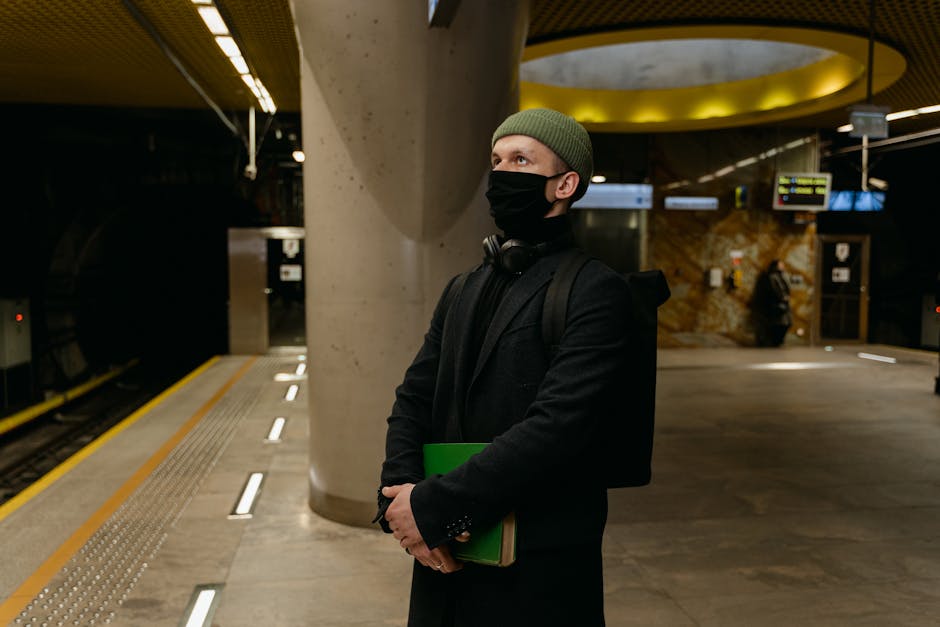More Than Just a High? The Link Between Teen Cannabis and Psychotic-Like Experiences
It’s a familiar scene at gatherings across the world: the distinct smell of cannabis. For many young people, it’s seen as a rite of passage or a social lubricant, with a prevailing attitude of, “It’s just a plant. What’s the harm?” But as social acceptance grows, a compelling body of research is painting a more cautionary picture, particularly for the developing brain.
Scientific evidence now clearly shows that cannabis use during adolescence and young adulthood is associated with more frequent psychotic-like experiences. These experiences may resemble symptoms of psychosis but do not typically meet clinical thresholds for a formal diagnosis. This finding urges a more nuanced conversation about the risks involved.
What Are Psychotic-Like Experiences (PLEs)?
Let’s be clear: this isn’t about full-blown psychosis. Psychotic-like experiences (PLEs) are subtle, often fleeting moments that can feel strange and unnerving. They are like an echo of a symptom, not the symptom itself. Common examples include:
- Mild Paranoia: A sudden, intense feeling that people are staring at you or talking about you, even when there’s no logical reason.
- Perceptual Disturbances: Hearing a faint whisper when no one is around, or seeing shadows move in the corner of your eye.
- Odd Beliefs: A brief, passing thought that television commercials contain secret messages meant just for you.
The key difference is that a person having a PLE usually retains a level of insight. They might think, “That was weird, I must be tired,” or “That was a strange thought.” In a clinical psychotic episode, this self-awareness is often lost. However, just because these experiences don’t require hospitalization doesn’t mean they are harmless.
Why the Adolescent Brain Is Uniquely Vulnerable
Why is this connection most pronounced in teens and young adults? The answer lies in neurobiology. The human brain is a construction site until about age 25. Key areas responsible for decision-making, impulse control, and emotional regulation—like the prefrontal cortex—are still being wired.
Cannabis, specifically its main psychoactive compound THC, interacts directly with the body’s endocannabinoid system, which plays a crucial role in guiding this brain development. Introducing high-potency THC during this critical window can disrupt the normal wiring process. Think of it as interfering with the blueprints while a building is still under construction. Researchers believe this disruption may make the brain more susceptible to the kind of misfires that result in psychotic-like experiences.
What Do These Experiences Mean for Long-Term Mental Health?
The real concern is what these PLEs signify. While they are not a diagnosis, they are considered a significant red flag by mental health professionals. They can be deeply distressing and isolating for the individual.
Furthermore, they may indicate an underlying vulnerability. For a small subset of individuals with a genetic predisposition for psychotic disorders like schizophrenia, heavy cannabis use during adolescence could potentially accelerate or trigger the onset of a more serious, clinical condition.
The Takeaway: A Call for Honest Conversation
This isn’t about fear-mongering or a blanket condemnation of cannabis. It’s about empowering young people and their families with information to make healthier choices. Dismissing strange or paranoid feelings as “just part of the high” is no longer sufficient.
We need to foster an environment where a young person can say, “I felt really paranoid after smoking last night, and it scared me,” without fear of judgment. Open dialogue, education about the risks to a developing brain, and de-stigmatizing mental health support are our most effective tools. The goal isn’t to preach, but to protect the mental well-being of the next generation.




